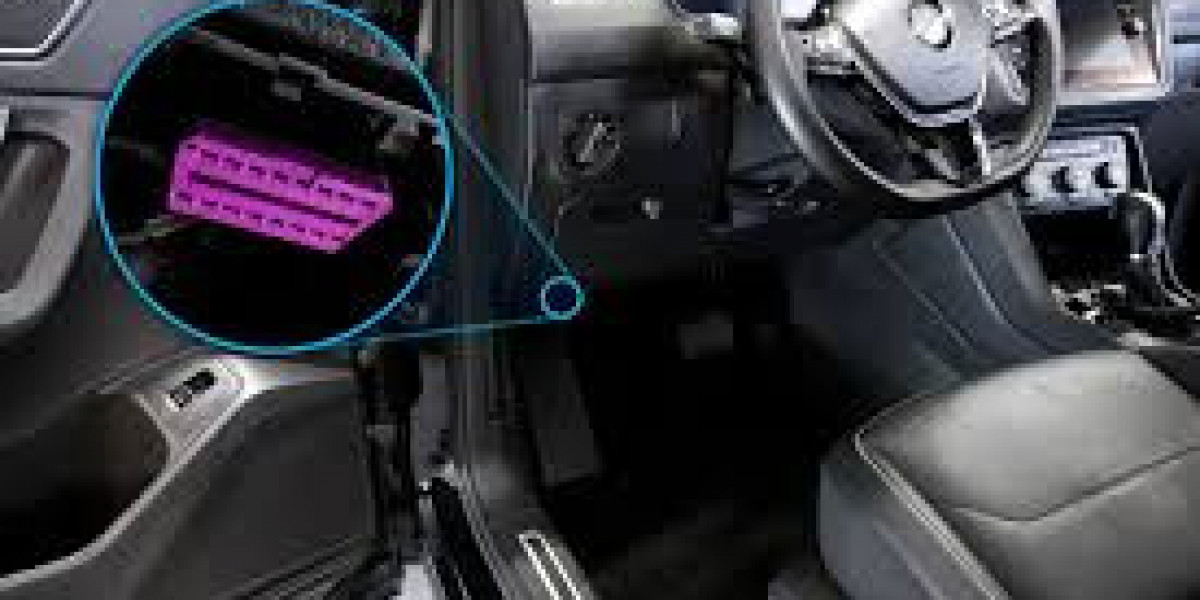In the world of retail, understanding customer behavior, optimizing inventory, and predicting future trends are critical to staying competitive. Big data and predictive analytics have emerged as powerful tools that enable retailers to gather insights, make data-driven decisions, and enhance the customer experience. This article explores the role of big data and predictive analytics in retailing, examining how they transform operations, improve sales, and offer personalized experiences for customers.
What is Big Data and Predictive Analytics in Retailing?
Big Data refers to the massive volume of structured and unstructured data that retailers generate from various sources, including sales transactions, social media interactions, customer reviews, and website activity. It is characterized by its volume, variety, and velocity.
Predictive Analytics uses statistical algorithms, machine learning techniques, and data mining to analyze historical data and predict future outcomes. In retail, predictive analytics helps retailers forecast trends, customer behaviors, and sales, enabling them to make informed decisions.
Together, big data and predictive analytics allow retailers to gather insights from a wide array of data sources, analyze patterns, and predict what customers will want next. This can lead to better-targeted marketing, optimized inventory management, and improved customer satisfaction.
Key Benefits of Big Data and Predictive Analytics in Retailing
1. Enhanced Customer Experience and Personalization
One of the primary advantages of big data in retail is its ability to provide a more personalized shopping experience for customers. By analyzing customer data—such as browsing history, past purchases, and interactions with products—retailers can offer targeted recommendations and personalized promotions.
How Predictive Analytics Helps:
- Tailored Recommendations: Retailers can suggest products that are more likely to appeal to customers based on their preferences and past behavior.
- Targeted Marketing: Predictive analytics can help create highly targeted marketing campaigns that resonate with individual customers, improving conversion rates and customer loyalty.
Real-World Example: Amazon is a prime example of personalized retailing. The company uses big data to analyze customers' browsing and purchase history, offering personalized product recommendations that contribute to a significant portion of its sales.
2. Optimizing Inventory Management
Effective inventory management is crucial in retail to avoid overstocking or understocking. Big data enables retailers to predict demand trends more accurately, helping them optimize their inventory levels.
How Predictive Analytics Helps:
- Demand Forecasting: By analyzing historical sales data, predictive analytics can forecast future demand for products, helping retailers stock the right amount at the right time.
- Reduced Overstock and Stockouts: Predictive models can help retailers balance inventory to prevent overstocking, which leads to clearance sales, and stockouts, which result in lost sales.
Real-World Example: Walmart uses predictive analytics to optimize its inventory management. By analyzing customer purchase behavior and weather patterns, Walmart can predict demand for products and ensure shelves are stocked with the right items at the right time.
3. Improved Pricing Strategies
Pricing is one of the most important factors that influence customer purchase decisions. Retailers can leverage big data and predictive analytics to set optimal prices that maximize profit while remaining competitive in the market.
How Predictive Analytics Helps:
- Dynamic Pricing: Predictive analytics can help retailers adjust prices in real time based on demand fluctuations, competitor prices, and market conditions.
- Price Optimization: By analyzing historical data, retailers can identify the best price points for different products, improving sales and profitability.
Real-World Example: Airlines and hotel chains often use dynamic pricing, adjusting prices based on demand, time of booking, and competitor pricing. Similarly, retail giants like Target and Best Buy use predictive analytics to adjust prices based on demand forecasting and competitor pricing strategies.
4. Customer Segmentation and Targeting
Big data allows retailers to segment customers based on their behavior, preferences, demographics, and purchasing history. Predictive analytics then helps retailers predict how different customer segments will behave, enabling more effective targeting.
How Predictive Analytics Helps:
- Identifying Customer Segments: Predictive models can segment customers based on factors like buying frequency, preferences, and demographics.
- Effective Campaigns: By understanding the behavior of different customer segments, retailers can design tailored marketing campaigns that resonate with specific audiences.
Real-World Example: Target uses predictive analytics to segment its customer base and tailor marketing efforts. For example, the company was able to predict a woman’s pregnancy before she herself knew, enabling them to send highly relevant offers for baby products.
5. Fraud Detection and Risk Management
Big data and predictive analytics are also valuable tools for fraud detection and risk management in retail. By analyzing transaction data, retailers can identify patterns that may indicate fraudulent activity and take immediate action.
How Predictive Analytics Helps:
- Anomaly Detection: Predictive models can detect unusual patterns in transactions, such as sudden high-value purchases or purchases from unusual locations, which may indicate fraudulent activity.
- Risk Scoring: Predictive analytics can assign a risk score to each transaction, helping retailers take preemptive action before potential fraud occurs.
Real-World Example: Financial institutions and retailers, like PayPal, use predictive analytics to detect fraud by analyzing customer behavior patterns and flagging transactions that deviate from typical buying habits.
People Also Ask
1. How does big data improve retail inventory management?
Big data enhances retail inventory management by providing insights into demand patterns, allowing retailers to forecast future demand more accurately. Predictive analytics helps ensure the right amount of inventory is stocked, minimizing the risk of overstocking or stockouts.
2. What role does predictive analytics play in customer segmentation?
Predictive analytics helps retailers segment customers based on their buying behavior, preferences, and demographics. By analyzing these segments, retailers can create more targeted and personalized marketing campaigns that increase engagement and conversion rates.
3. How does big data contribute to personalized marketing in retail?
Big data enables retailers to track customer interactions and preferences across various touchpoints. With this information, predictive analytics helps create personalized product recommendations, offers, and targeted marketing campaigns, improving customer engagement and sales.
Conclusion: The Future of Big Data and Predictive Analytics in Retail
Big data and predictive analytics are revolutionizing the retail industry by providing deeper insights into customer behavior, optimizing inventory management, improving pricing strategies, and enhancing fraud detection. Retailers who harness the power of these technologies can create more personalized customer experiences, streamline their operations, and ultimately improve profitability. As the technology continues to evolve, we can expect even more sophisticated applications of big data and predictive analytics in retail, further shaping the future of the industry.
By leveraging these tools, retailers can stay competitive, anticipate market trends, and meet customer expectations in a rapidly changing environment. The future of retailing lies in data-driven decision-making, and big data, combined with predictive analytics, will be at the forefront of this transformation.











